Neutrinos are elementary particles with incredible properties. Everything about them is extremely complicated and controversial, to the point where we don’t even know exactly how many types of them actually exist — one, three, four, or six. And they are incredibly hard to catch, though scientists do manage it.
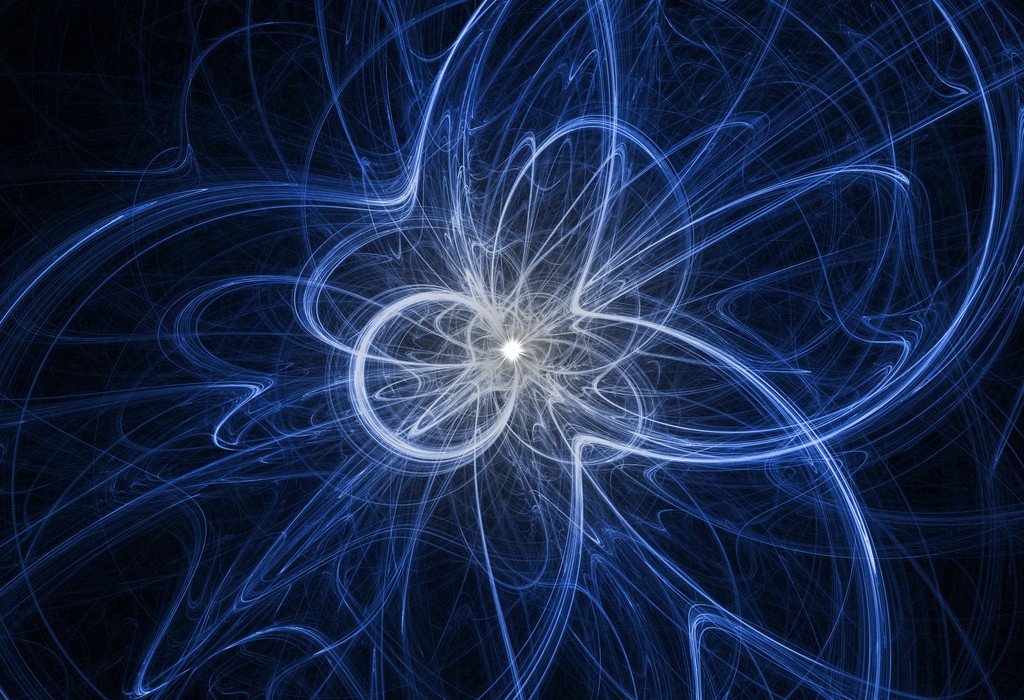
The Mysterious Neutrino
Here are some of the questions our readers have asked on the subject:
1. If neutrinos have rest mass, then why do they move at the speed of light in a vacuum? After all, neutrino events arrive with the explosions of supernovae as we see them.
2. If different generations of neutrinos have different rest masses, then how can their oscillation occur? Where does the energy for the change in mass come from?
3. Are there signs of oscillation in the fourth type/generation of neutrinos?
Thank you.
Serhii Vorobiov
Serhii raises several interesting questions, none of which have easy answers. Neutrinos are particles that are as mysterious as they are bizarre. Even the hyped Higgs boson isn’t as difficult to grasp. We don’t have nearly as many questions about any other discovered particles, and the answers we do have aren’t as strange.
Before diving into the questions raised, it’s important to lay down some background on the history of neutrinos and their discovery.
In early 20th century physics, there was a pressing need to explain a range of new phenomena discovered on the micro-level, and so a new theory was developed — that of quantum mechanics. This theory, rather than classical Newtonian dynamics or Maxwell’s thermodynamics, explains what happens to individual atoms and elementary particles.
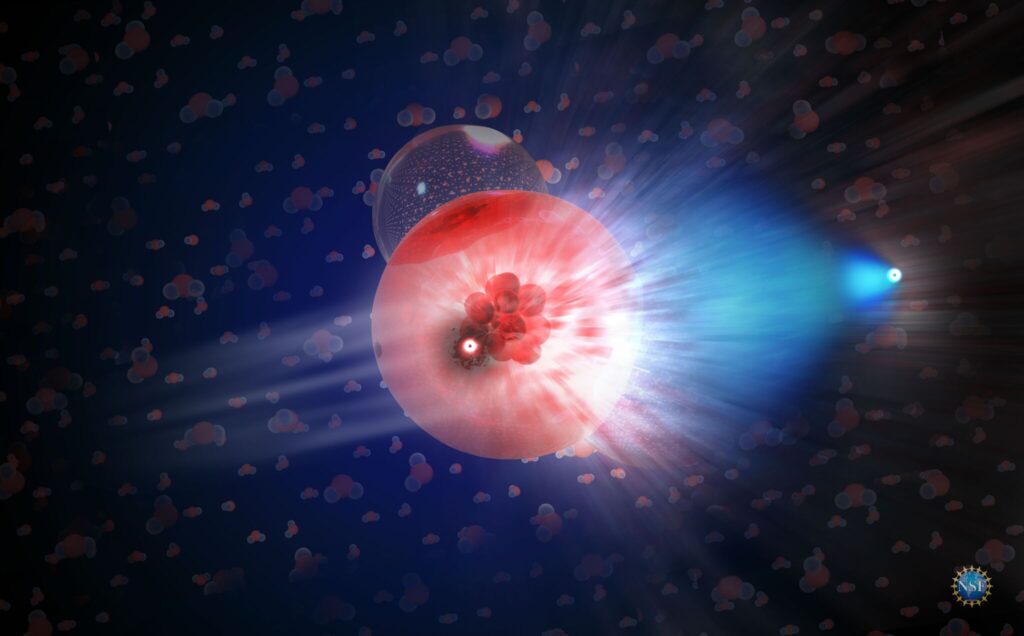
Quantum mechanics encompasses a vast number of complex principles that don’t appear very intuitive from a layman’s perspective. However, there is only one key concept you need in order to understand neutrino formation. At the microscopic level, certain substances absorb and emit energy in specific quantities rather than arbitrary amounts. This single quantity is known as a quantum. When electrons transition from one energy level to another, they either emit or absorb quanta of energy.
Everything would work just fine if it weren’t for beta decay. During this process, a neutron emits a negatively charged electron and transforms into a positively charged proton. According to quantum mechanics, beta decay should produce a discrete spectrum of electrons, meaning they should only possess specific, clearly defined energy levels.
However, the actual spectra are continuous, meaning the energy levels are arbitrary. In 1930, Wolfgang Pauli proposed a theory to explain this occurrence. He posed that beta decay produces another particle alongside the electron, thus receiving a portion of the energy. This way, when combined with the energy obtained by the electron, it forms a quantum.
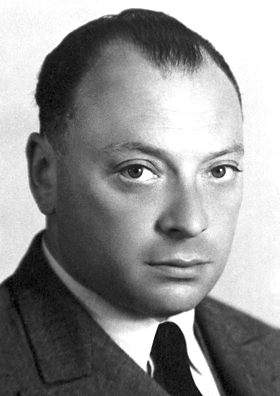
Pauli himself suggested naming this particle neutron, but that ended up being assigned to another particle. So, the Italian physicist Enrico Fermi — who would later famously ask, “Where is everybody?” introducing the paradox that bears his name — proposed the term neutrino instead, which is Italian for “little neutron.” And so the invisible particle was named, a thing no one had yet seen but one that many believed would save physics.
Three Generations of Neutrinos
The existence of neutrinos was experimentally confirmed only in 1956. However, even before that, events in physics indicated that neutrinos are more complex than previously thought.
In 1937, scientists discovered a new particle in cosmic radiation. It was heavier than an electron but lighter than a proton. Initially, it was thought to be an intermediate particle between these two building blocks of matter and was named mesotron, later shortened to meson. However, it soon became clear that there were many types of mesons, making the situation much more complicated. Ultimately, everyone agreed on the name mu meson, or muon.
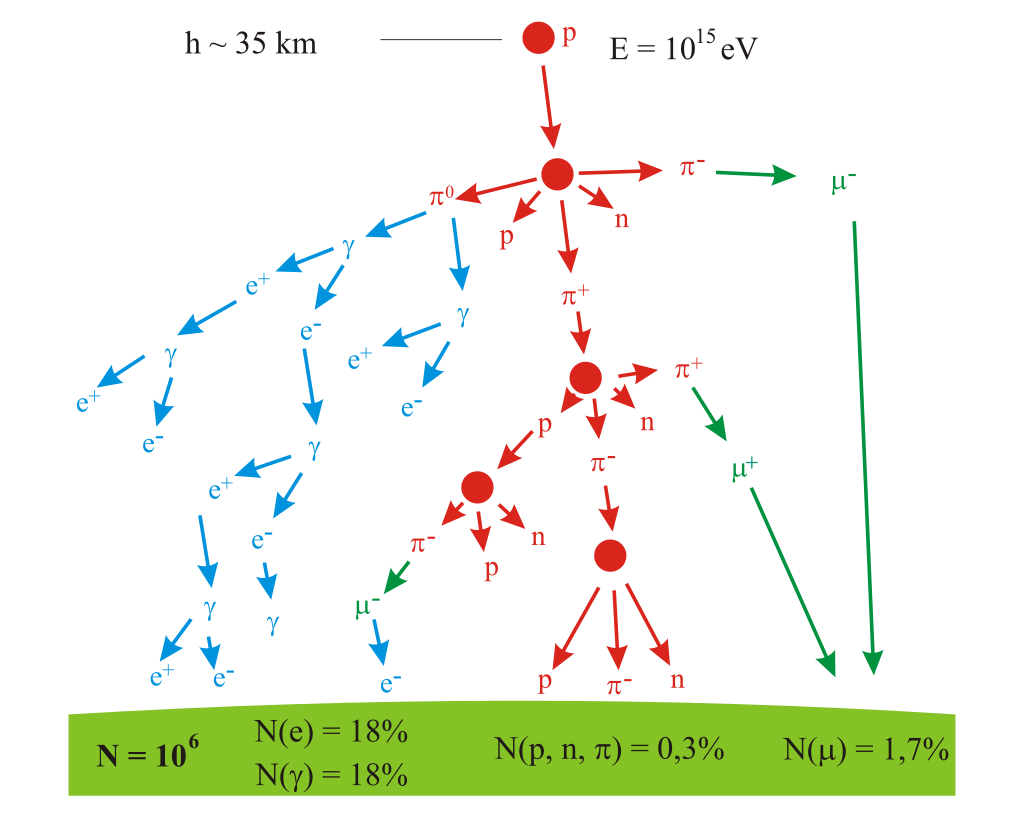
The muon was 207 times heavier than the electron, but it was still quite similar — it had a single negative charge and could theoretically form atoms with protons. Its lifespan was only 2.2 microseconds, but in the realm of high-energy particles, that’s still quite substantial.
The muon showed very little direct interaction with other particles. In the few reactions it did play part, it displayed a continuous spectrum like that of the electron, even though, according to quantum mechanics, it should have shown a discrete spectrum. So it’s no surprise that in the 1940s, the concept of neutrino was proposed to explain this conundrum.
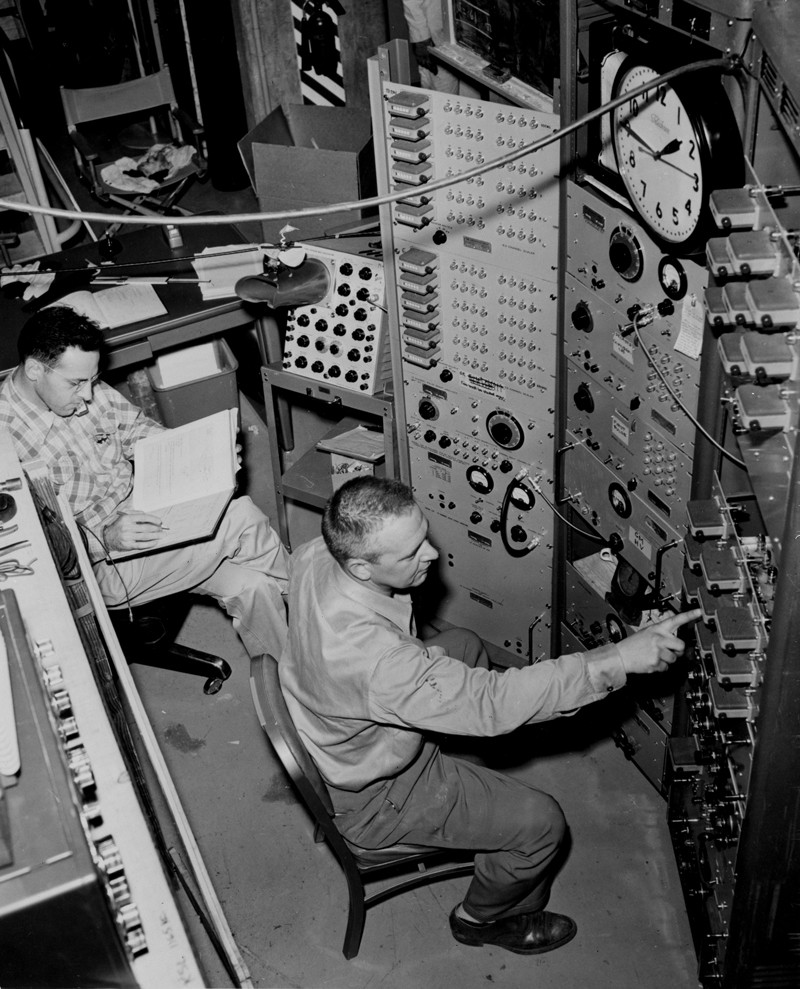
In 1962, the existence of the muon neutrino was finally confirmed, though it wasn’t the electron’s beta decay companion as previously believed. By then, scientists had already realized that the quantum world was far more complex. Gradually, the framework we now know as the Standard Model began to take shape, describing all known matter and processes — except for gravity. This model included the then-hypothetical Higgs boson, four force-carrying particles, and fermions, which were categorized into three generations.
All known matter is composed of first-generation fermions: two quarks (up and down) that form protons and neutrons, and two leptons — the electron and its corresponding neutrino.
In the mid-20th century, scientists began exploring the second generation of particles, which also consists of two quarks and two leptons. The quarks are known as strange and charm, while the leptons are the muon and its neutrino. These particles are nearly identical to their first-generation counterparts, but are significantly heavier.
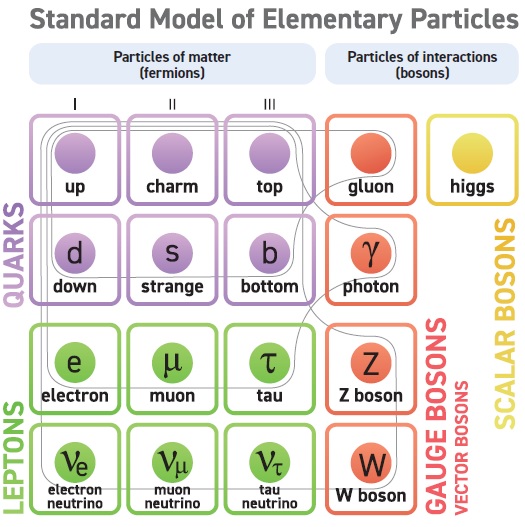
The third generation was also theorized, though it wasn’t confirmed experimentally until 1975. It consists of two quarks and two leptons, with the lepton being the heaviest of its kind. Upon its discovery, it was named the tau meson, or simply the tau.
The tau neutrino eluded researchers for a long time, despite widespread confidence in its existence. It wasn’t until the year 2000 that it was experimentally confirmed.
Neutrino Astronomy and Neutrino Speed
In the second half of the 20th century, scientists began to contemplate what neutrinos could reveal to us. The answer was clear: neutrinos are abundant in space, powering the stars. During the final stages of stellar evolution, up to 90% of all energy can come from these tiny “neutral” particles. This means that by collecting and analyzing neutrinos, just as we do with photons, we can gain valuable insights of deep space.
However, since neutrinos are neutral and interact very weakly with other matter, techniques like mirrors and gravitational lensing are ineffective. These particles can easily pass through a planet without leaving a trace.
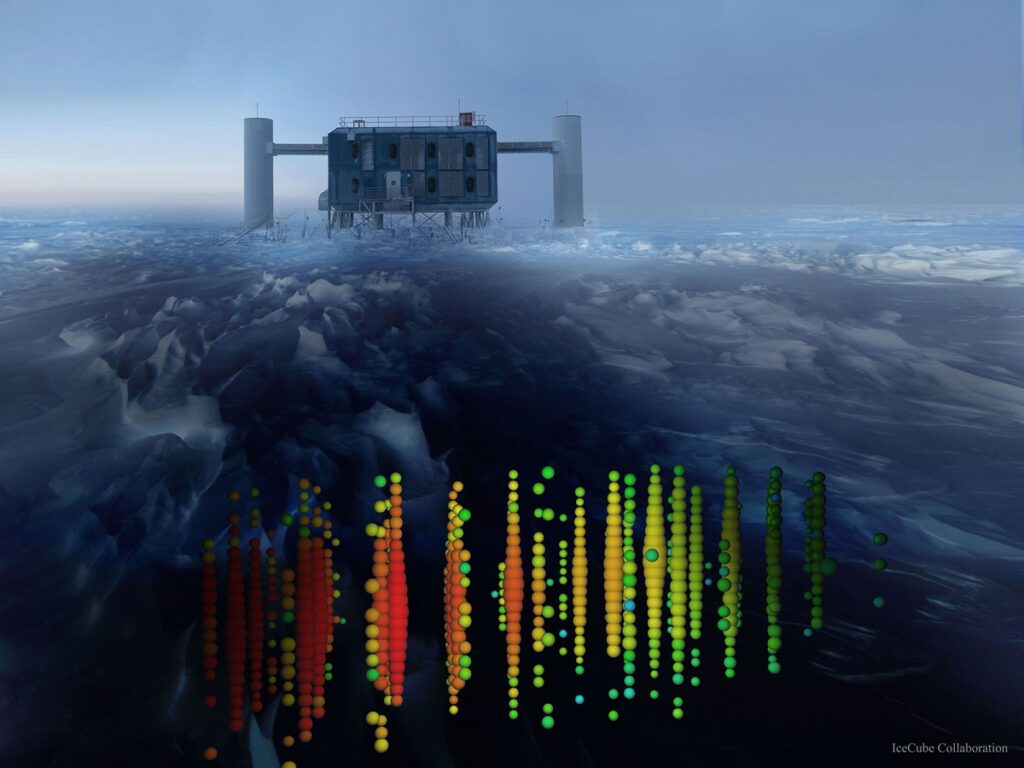
So we have to rely on the few processes where neutrinos do interact. To capture even a small fraction of these elusive particles, detectors need to be placed in the deepest mines or buried beneath the Antarctic ice.
And this brings us back to Serhii’s question about the speed of neutrinos. Initially, when neutrinos were still purely theoretical, they were thought to have zero mass. While this might sound odd from an everyday perspective, it’s quite normal in quantum physics. After all, a photon also has no rest mass.
The initial assumption that neutrinos had no mass suggested they could travel at any sub-light speed. However, subsequent research revealed that neutrinos possess a tiny mass, estimated to be less than 0.28 eV. The exact value is intriguing in its own right, which we will explore in more detail later. Nonetheless, even the upper limit indicates that these tiny particles weigh over a million times less than an electron.
But mass is still mass, no matter how small. According to the theory of relativity, no object with mass can be accelerated to the speed of light, as it would require an infinite amount of energy. This is what makes the neutrino speed problem so fascinating.
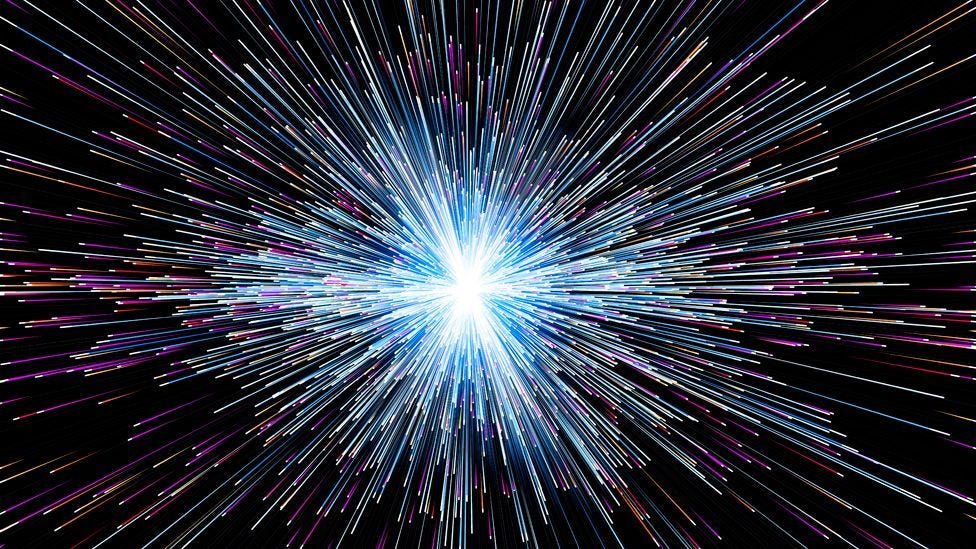
The investigation into this mystery began in the 1980s with studies on neutrinos from supernovae, and scientists are still working to unravel it. Neutrinos from a Type II supernova (the final stage of a massive star’s evolution) can reach Earth faster than photons, but this phenomenon isn’t due to their speed; rather, it’s related to the physics of the explosion itself.
Neutrinos hardly interact with matter and escape from a star long before shock waves can release photons. Although neutrinos travel slightly below the speed of light, the timing of their release is significant enough for them to overtake photons, even when the explosion occurs in a neighboring galaxy. This was observed with supernova SN1987A, which collapsed in the Large Magellanic Cloud. The neutrino burst was detected several hours before other types of radiation, even though these particles travel slower than light.
In the last four decades, scientists have carried out multiple experiments to find out just how much slower neutrinos are than photons when traveling in space. These measurements are quite complex, and results tend to vary with each experiment. Still, the deviation consistently ranges from 1 to 4 ten-thousandths of a percent. This indicates that neutrinos are only a few dozen meters per second slower than light. Considering their minuscule mass, this is entirely feasible from the modern physics perspective.
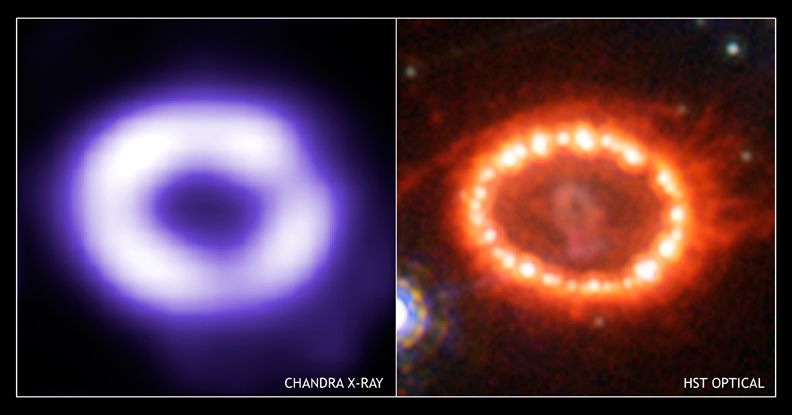
Neutrino Oscillation
The Sun is, without a doubt, our main astronomical object for neutrino observations. Most of neutrinos we manage to detect come from there. But the problem is in the quantity itself — there are significantly fewer particles than theories suggest.
And here we have it, neutrinos have puzzled scientists yet again. Could it be that we fundamentally misunderstand something about our own star? But there’s a much simpler—and also stranger—explanation. Neutrino oscillation.
As a theory, it was proposed all the way back in 1985. Scientists suggested that as these tiny particles travel through space, their quantum state could fluctuate, allowing neutrinos of one generation to transform into those of another.
The Sun is supposed to mainly produce electron neutrinos, which is why astronomers focus on detecting them. But what if we only observe such low quantities of these particles simply because they transform into muon and tau neutrinos?
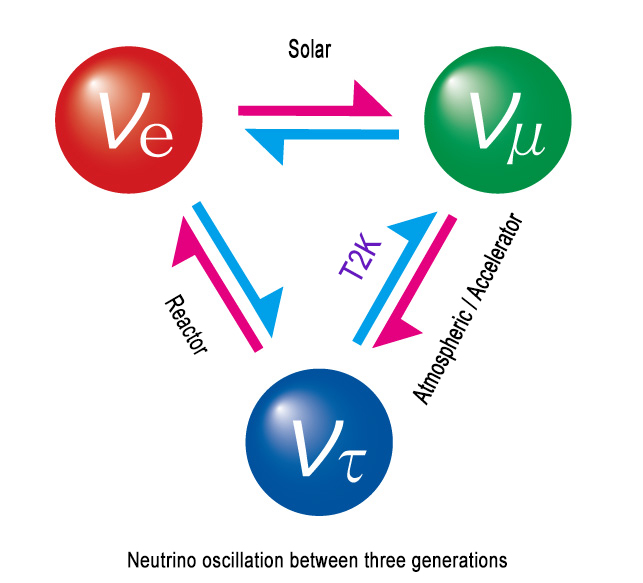
Early 21st century neutrino experiments conducted in nuclear reactors and accelerators confirmed that oscillations do exist. Subsequently, a detector in an old mine in Sudbury, Canada, successfully detected solar neutrinos of all three types, with their total quantity aligning perfectly with theoretical predictions.
So how does this affect the connection between oscillations and particle mass? All three generations of neutrinos do indeed have different masses. While the exact values remain unknown, they are discrete and fall below the previously mentioned limit of 0.28 eV. If oscillations are, in fact, happening, does that imply that the masses are somehow changing? And how does this relate to the law of conservation of energy?
To make sense of all this, we need to look at the concept of superposition. Superposition refers to the idea that a certain property of an object can exist in multiple states simultaneously, with each state manifesting with a specific probability upon observation. While this is impossible in our everyday macro world, it’s completely normal in the strange world of quantum mechanics.
A classic example of superposition is Schrödinger’s cat, which exists in two states at the same time — both dead and alive. By the same token, a particle can be detected as a wave with a certain probability or remain as a particle, illustrating the peculiar nature of quantum mechanics.

In the case of neutrinos, the three discrete masses exist in a state of superposition. This means that, statistically, the mass values are somewhat blurry, leading to an average energy. The specific generation that a neutrino might manifest is largely influenced by the particle’s travel path. Thus, the principle of conservation of energy remains intact.
But if neutrinos can oscillate, what stops electrons from turning into muons, or up quarks from becoming charm quarks? That’s a very valid question. The brief answer is mass. While quantum oscillations could theoretically happen, the substantial difference in mass makes such transformations unlikely. For instance, an electron is a million times heavier than a neutrino, which is why transitions between generations in other particles don’t occur.
Fourth Generation Neutrinos
Whether a fourth type of neutrino could exist is indeed a fascinating question. While modern physics technically rules out the possibility of such existence, some particle accelerator experiments have observed a shortfall in the three known types of neutrinos.
This leads to speculation that a potential fourth type could indeed exist, known as sterile neutrinos. The prevailing theory suggests that these elusive particles would have a mass of around 1 eV and would not interact with other matter at all.
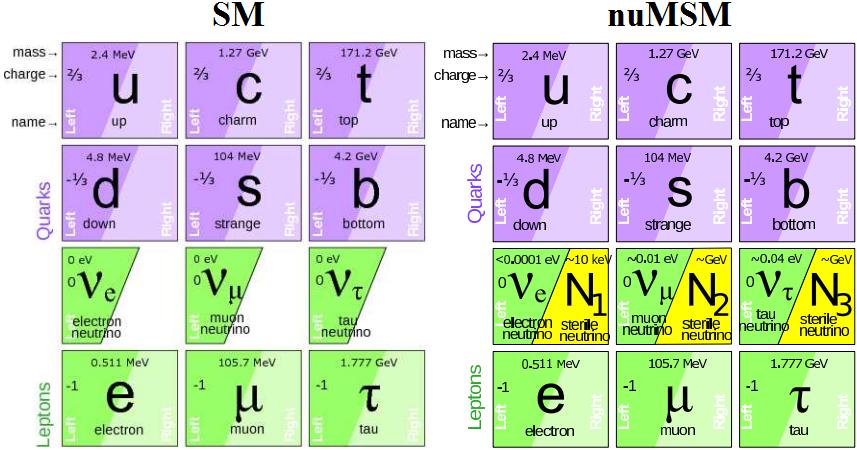
The nature of sterile neutrinos remains a hot topic. Recently, some articles have theorized that it might not just be one type of neutrino, but three distinct ones. Each neutrino generation could potentially exist in its own separate sterile state. However, there’s no experimental data that definitively proves anything one way or another.
This is why it can be so challenging to pin down the exact number of neutrino generations. Are there only the three traditional types? Are there six or just two — sterile and non-sterile? Or maybe it’s all just one particle cleverly evading our attempts to classify it?
As it stands, neutrinos are fascinating particles that still hold many secrets. They deserve further exploration, as it’s quite likely they harbor a wealth of information that could unveil the secrets of the universe.


